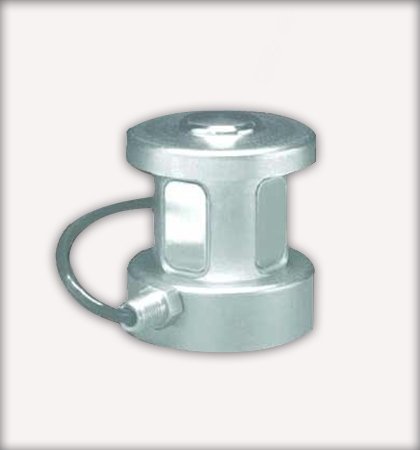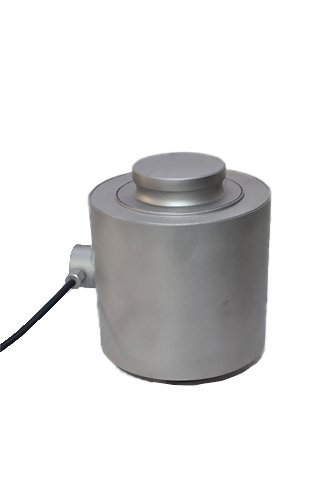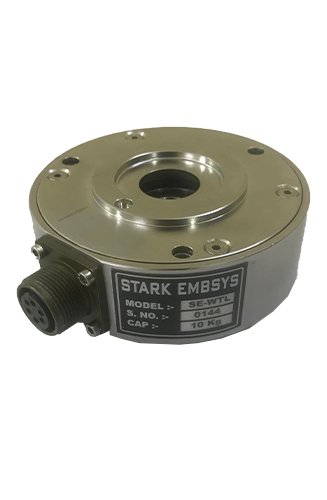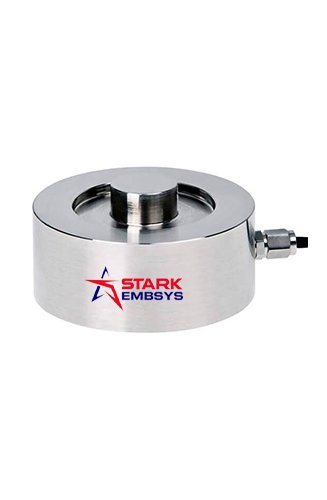Product Description
How does this work ?
When two strain gauges are placed opposite each other, the length changes proportionally. This
response to change in the
line’s protrusion is measured by a device which is kept on the opposite sides of the line.
The use of paired strain gauges placed on the wire makes it shorter and increases the diameter,
thereby reducing the
resistance. The use of other pair of strain gauges is positioned in a way that extends the cable,
reduces the diameter
and increases the resistance of the wire. While hanging the same weight from the bottom of the
line, place the tension
or stress instead of pressing the line. This will cause the line and strain gauge to act in the
opposite direction yet
experience the same stretching and pressing of cable. This strain can be measured by a Wheatstone
Bridge Configuration.
What is load cell used for ?
Load cell helps to read the electrical units on a regular weighing scale from mechanical force
converted by the
transducer. The amount of load transferred can be easily checked through the weight. There are
load sensors are bonded
with the help of an elastic material or a strain guage. More information is required to understand
the working
principle, type of strain gauges and application.
Load cells are used at the very initial stages that is, during the research and development part.
They can be used for
monitoring the built structure too in the later stages. Depending upon the stage of geotechnical
field, these
instruments are used during previous as well as post construction stages. These instruments ensure
safety of structures
such as dams, tunnels, bridges. Thorough monitoring by geotechnical instruments ensures long term
safety, although the
type of instruments depends on the work.
Specifications
| Material |
Stainless Steel |
| Brand |
Stark Embsys |
| Sensitivity |
2.0 +/- 10% mV /V |
| Temperature operating range |
-40 ~ +70 degree C |
| Input resistance |
400 +/- 10 Ohms |
| Output resistance |
350 +/- 5 Ohms |
| Insulation resistance
|
Less than 2000 M Ohms (@ 50V DC) |
| Recommended Voltage
|
10V (DC/AC) |




